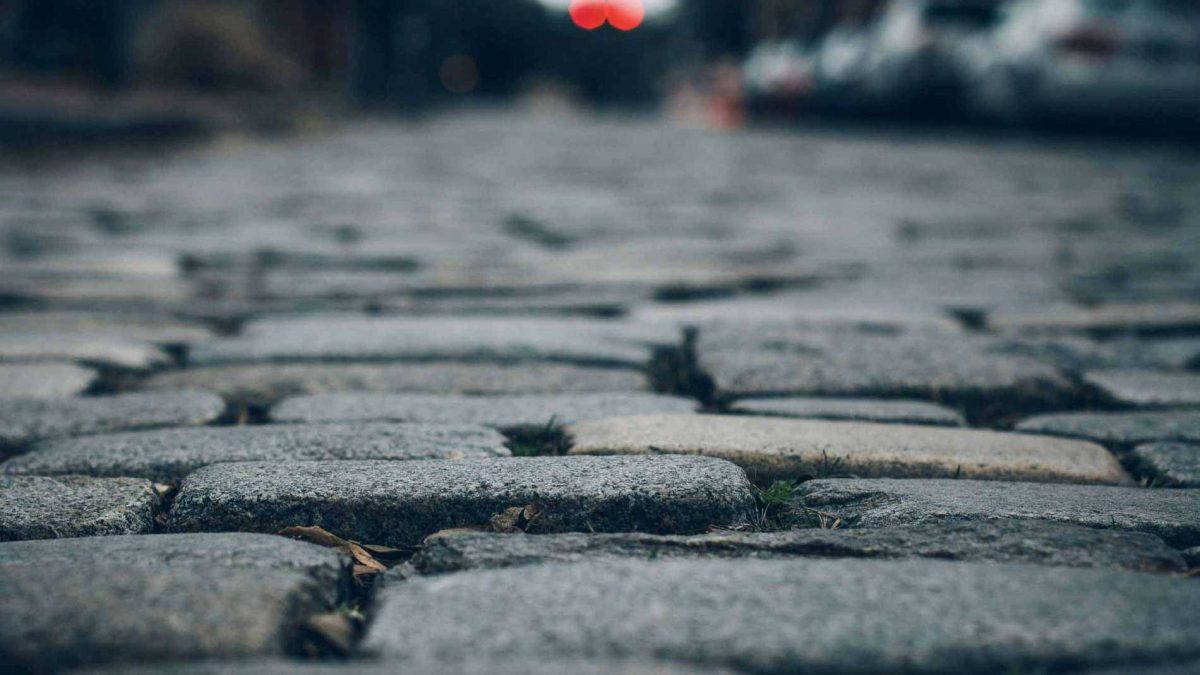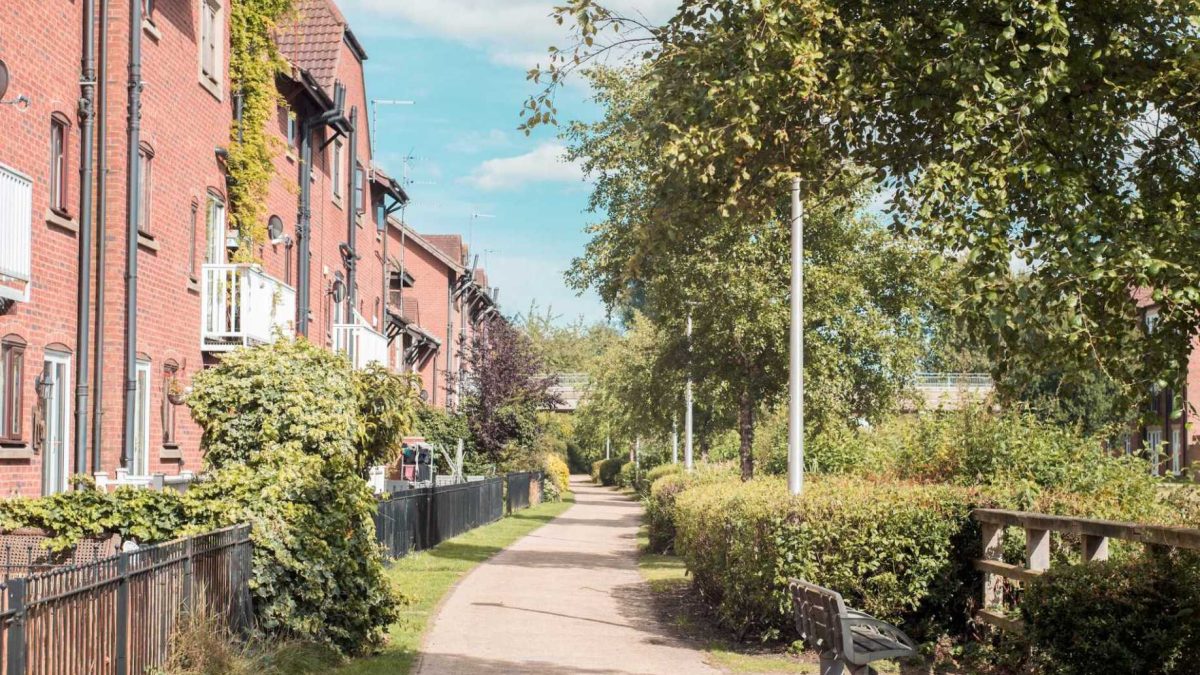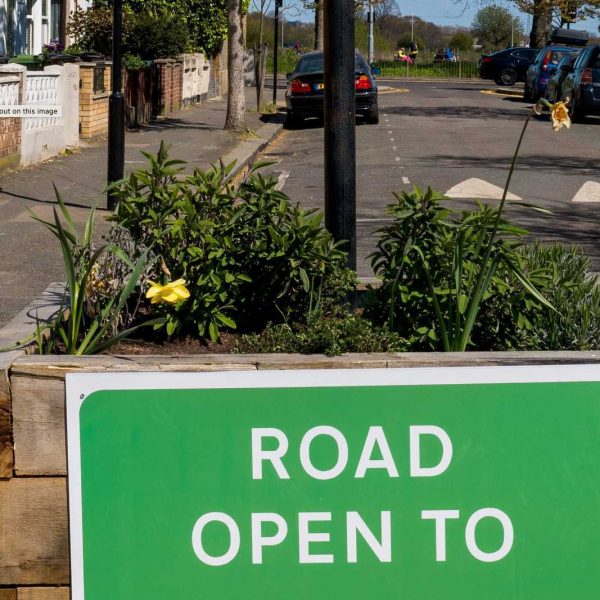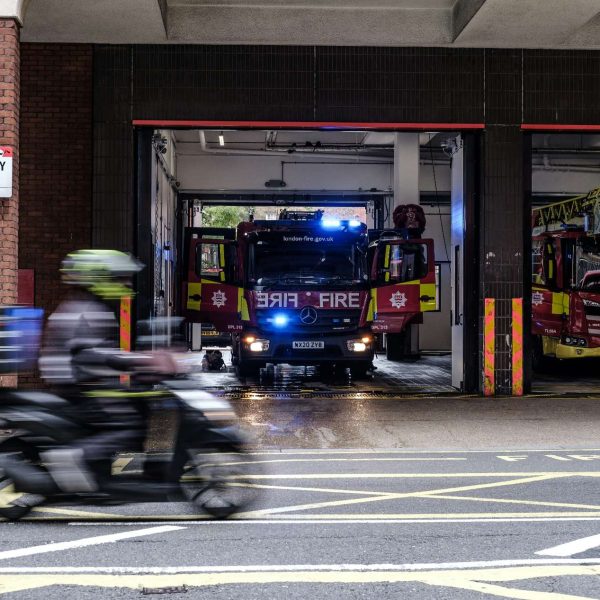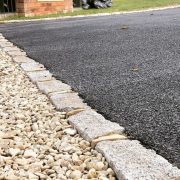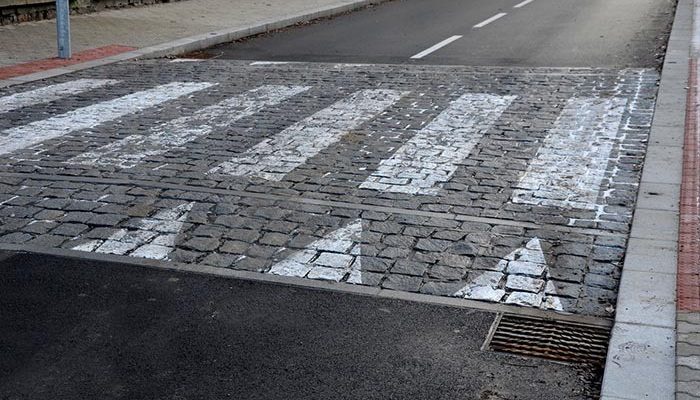
Speed Tables: The Easy Way to Make Streets Safer
Speed tables are an effective and relatively inexpensive traffic calming measure that can be used to enhance safety on streets.
These raised platforms, typically made of asphalt, cobbles or concrete, are designed to make vehicles slow down by forcing them to drive over the uneven surface. By decreasing vehicle speed, speed tables can create a safer environment for pedestrians and cyclists, especially in residential areas.
Speed tables are often installed in series, with each table spaced a few feet apart. The height of a speed table is usually between three and four inches, and its length ranges from ten to twenty feet. These specifications are carefully determined to ensure that vehicles are prompted to reduce their speed without causing discomfort or damage.
A major advantage of speed tables is their versatility. They can be implemented in various settings, including residential neighborhoods, school zones, and commercial areas. By lowering vehicle speeds, speed tables enhance safety for all road users, diminish the risk of accidents, and create a more pedestrian-friendly environment.
Residential speed tables
In residential areas, speed tables are particularly effective in reducing the speed of vehicles and improving safety. These platforms force drivers to slow down and pay closer attention to their surroundings, making streets safer for children playing or pedestrians walking in the neighborhood. This is especially critical in areas where there is a high volume of foot traffic, such as near parks, schools, or shopping centers.
School zone speed tables
Speed tables are also commonly used in school zones to enhance safety for students. By compelling drivers to decrease their speed, these platforms reduce the risk of accidents and provide a safer environment for children walking or biking to and from school.
Speed tables can serve as an additional measure alongside other traffic calming devices, such as speed humps or school zone signage, to reinforce the importance of safe driving near educational facilities.
Commercial area speed tables
Commercial areas can also benefit from the implementation of speed tables. By reducing vehicle speeds, these platforms create a safer environment for pedestrians and cyclists, encouraging more people to visit local businesses and increasing foot traffic. Speed tables can significantly contribute to making streets more walkable and accessible, enhancing the overall livability and economic vitality of the area.
Combining traffic calming measures
When considering the implementation of speed tables, it is important to note that they are most effective when used in combination with other traffic calming measures.
For example, using speed tables in conjunction with speed humps, which are higher and wider, can further encourage drivers to slow down. Speed cushions, which are similar to speed tables but have a gap in the middle to allow emergency vehicles and buses to pass more easily, can be used in specific situations where access for such vehicles is necessary.
Traffic circles or roundabouts are another effective traffic calming measure that can complement the use of speed tables. By creating a continuous flow of traffic and eliminating the need for sharp turns or stops, roundabouts can help enhance overall safety and reduce vehicle speeds in an area.
Speed tables are an effective and accessible tool for enhancing the safety of streets. They are relatively inexpensive to install and maintain, and can be utilised in a variety of settings. By reducing vehicle speeds and improving safety for pedestrians and cyclists, speed tables contribute to creating safer and more livable communities.
When combined with other traffic calming measures, such as speed humps, speed cushions, and traffic circles, the impact of speed tables can be maximised, leading to safer and more enjoyable streets for everyone.
Natural looking speed tables modelled after cobblestone
The UK’s speed tables have been shown to be an effective technique in reducing traffic speeds in regions with a large volume of pedestrians. Block paving and other traditional paving methods have long caused traffic backups during installation and preparation. In addition, the usage of materials with lower allowable heights might result in noise complaints and vehicle damage.
Quicksetts quick setting cobblestones are the long-lasting, enticing alternative to Speed Tables. Since there’s no need to recess the setts in Quicksetts speed tables, road designers may give them a natural stone impression finish appropriate for historic districts without losing any convenience for local businesses. In addition, at approximately 20 mm in height, they pose little threat to moving cars.
Rounded-corner Quicksetts eliminate tripping dangers for pedestrians and make it easy for cars to enter and exit the speed table. Quicksetts can be purchased singly or in pre-assembled installation bundles.


